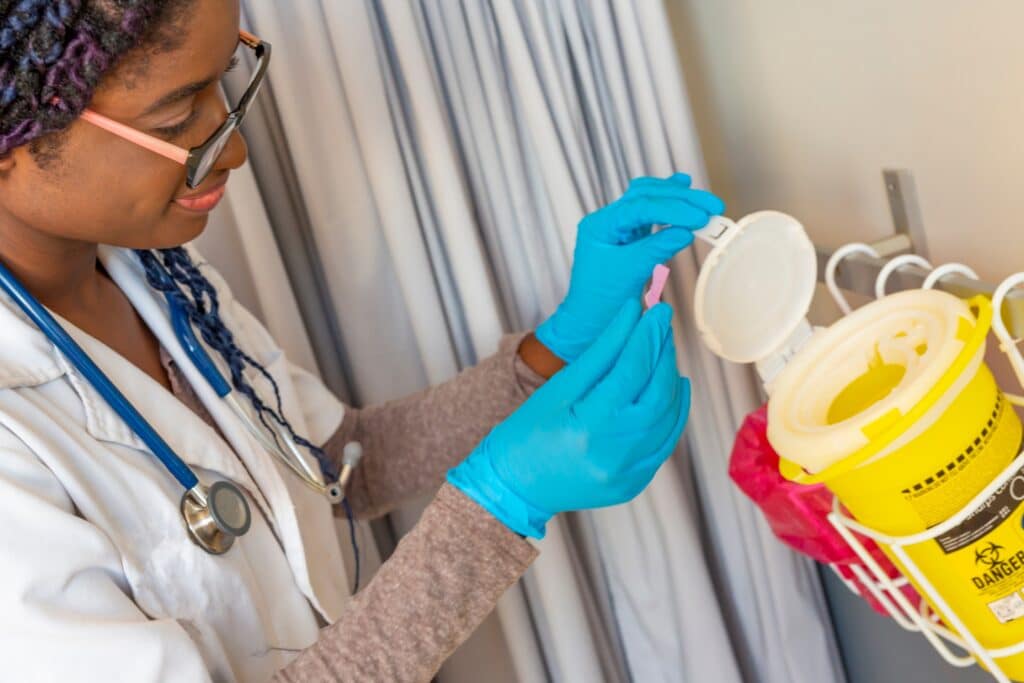Equipping Employees for Sharps Disposal
Harnessing the power of informed precaution, workplaces—particularly those in the healthcare sector—can seamlessly weave safety into their daily operations. One core focus area requiring a sound understanding of intricate processes is the disposal of sharps—objects capable of puncturing and lacerating the skin. This blog post will dive into the details of practical, comprehensive sharps disposal training for your employees.
Identifying Hazardous Waste
Before delving into the disposal process, understanding what constitutes sharps hazardous waste is the initial pivotal step. These include:
- Needles
- Scalpels
- Broken glass
Each object can inflict cuts or punctures, posing a grave risk of transmitting infectious diseases. Thus, your training should begin by aiding employees in identifying and categorizing hazardous sharps.
Practicing Safe Handling
Once the residue is recognized, proper handling procedures come into play. Your training program must emphasize caution, outlining the potential fallout of mishandling and highlighting preventative measures. The Occupational Safety and Health Administration (OSHA) suggests using personal protective equipment (PPE) such as gloves while handling sharps.
Ensuring Assured Disposal
Your training efforts should cover a two-pronged sharps disposal strategy: disposal containers and their ultimate manner of disposal.
Sharps containers must be puncture-resistant and clearly labeled as hazardous waste. Instruction on securely sealing these containers post-disposal is equally crucial.
The widely accepted methods of sharps disposal, incineration, and autoclaving sanitize sharps efficiently by either burning them at high temperatures or subjecting them to high-pressure steam. Explanation of these procedures should be clear to the staff.
Acknowledging the Risks
Finally, underline the considerable risks associated with needlestick injuries. CDC reports suggest that such accidents could potentially transmit over 20 different diseases, including HIV and Hepatitis B and C. Consequently, your training must spotlight the gravity of these risks and recommend strict adherence to safety protocols.
In Conclusion
Practical sharps disposal training is the cornerstone of maintaining a safe working environment. By covering the nuances of identification, safe handling, secure disposal, and knowledge of associated risks, your personnel will have better preparation to manage sharps waste properly. Safety, after all, is a collective effort!
At MedPro Disposal, we understand the importance of safe sharps disposal. Contact MedPro Disposal today to learn more about how we can help you protect your employees and your patients.



